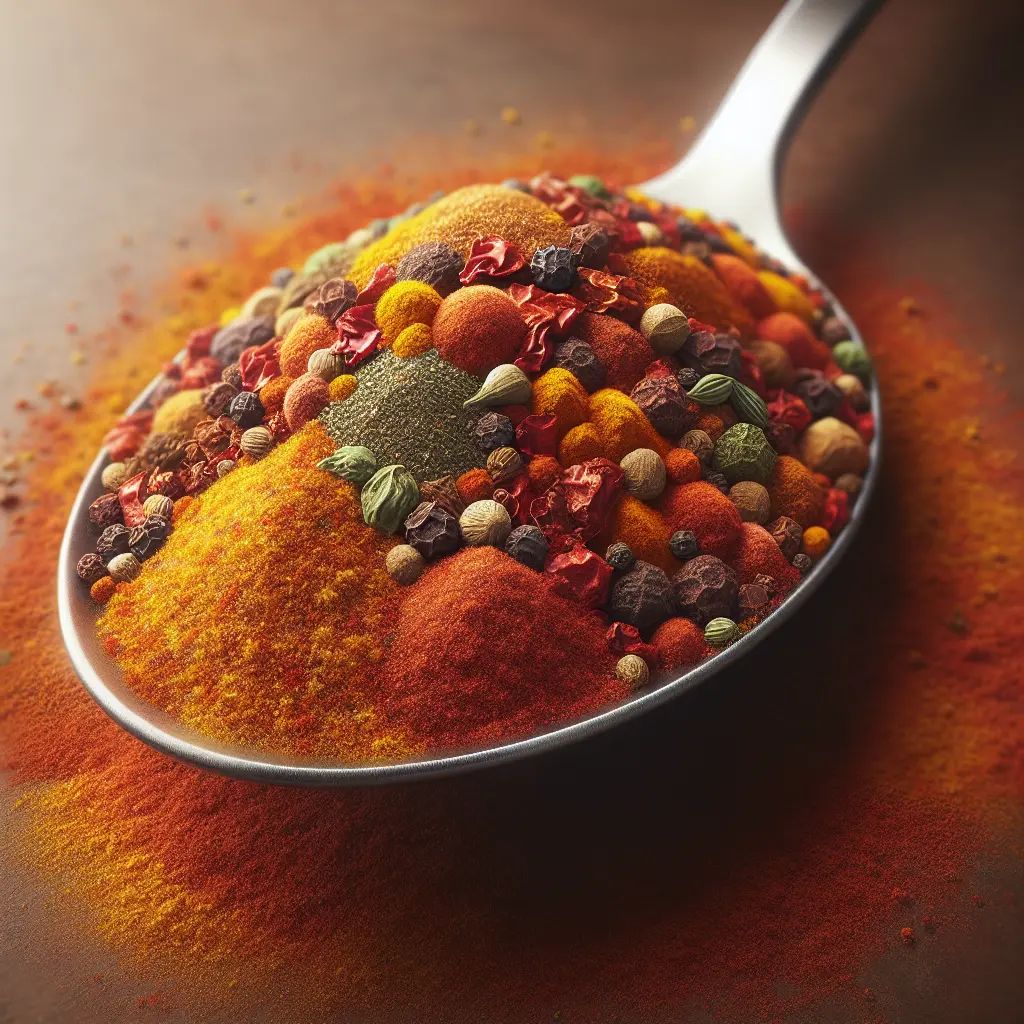The Culinary Symphony of Spices
Spices, the vibrant and aromatic seasonings, have played a profound role in culinary traditions across the globe for centuries. From the tantalizing warmth of cinnamon to the zesty kick of chili peppers, these culinary gems add an irresistible depth of flavor to any dish. Whether sprinkled over grilled meats, infused in fragrant stews, or subtly woven into delicate desserts, spices have the power to transform ordinary meals into extraordinary culinary experiences.
A Tapestry of Flavors
The world of spices encompasses a vast array of flavors that can tantalize any palate. From the sweet and earthy notes of cumin to the herbaceous freshness of basil, each spice brings its own unique character to the table. The warm and pungent aroma of cloves adds a touch of exoticism, while the subtle floral notes of saffron lend an air of elegance. With such a diverse range of flavors, spices offer endless possibilities for culinary experimentation and creativity.
Unveiling the Health Benefits of Spices
Beyond their culinary prowess, spices also possess a wealth of nutritional value. Many spices are rich in antioxidants, compounds that help protect the body from damage caused by free radicals. Turmeric, for instance, contains curcumin, a potent antioxidant with anti-inflammatory properties. Ginger, known for its nausea-relieving effects, is also packed with antioxidants that can boost overall health.
Culinary Versatility and Health Benefits
The versatility of spices extends far beyond their ability to elevate flavors. Many spices have medicinal properties that have been harnessed for centuries. Cinnamon, for example, has been traditionally used to regulate blood sugar levels, while cumin is known for its digestive benefits. By incorporating spices into your daily diet, you can not only enjoy their culinary magic but also reap their health-promoting properties.
Guidelines for Using Spices
To fully harness the culinary power of spices, it is essential to use them judiciously. A little goes a long way, and adding too much can overpower the delicate balance of flavors. When experimenting with new spices, start with a small amount and gradually adjust to taste. It is also important to consider the type of cuisine you are preparing, as different spices complement different dishes. For example, a blend of garam masala is perfect for Indian curries, while a combination of herbs de Provence adds a touch of rustic charm to Mediterranean dishes.
Experimenting with Spice Combinations
The world of spices is an open invitation to culinary exploration. Experimenting with different combinations can lead to the creation of exciting and innovative flavors. Mixing sweet and savory spices, such as cinnamon and chili powder, can create a tantalizing balance. Blending earthy spices, such as cumin and coriander, adds depth and warmth to dishes. The possibilities are endless, and the journey of spice exploration is an adventure in itself.
How many calories are in Spices?
Each 1 tbsp of Spices contains 15 calories.
Spices Nutritional Information
| Nutrient | Amount per 1 tbsp (5.5g) |
|---|---|
| Calories | 15 Calories |
| Protein | 0.6g |
| Fat | 0.5g |
| Saturated Fat | 0.2g |
| Cholesterol | 0mg |
| Carbohydrates | 3.4g |
| Dietary Fiber | 2.1g |
| Sugar | 0.2g |
| Sodium | 0.0024mg |
| Potassium | 0.0837mg |
| Calcium | 0.083mg |
| Iron | 0.0028mg |
